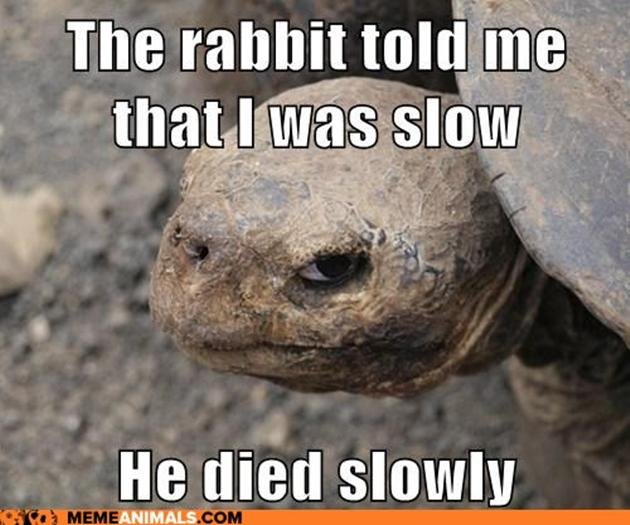Stigmochelys Pardalis: Leopard Tortoise/Mountain Tortoise

The leopard tortoise is part of the South Africa’s “Small 5” (therhino beetle, the red-billed buffalo weaver, elephant shrew and the antlion). The name Stigmochelys is a combination of the Greek words stigma meaning ‘marked’ and chelone meaning ‘tortoise’, pardalis comes from the Latin word pardus, which means “spotted”, due to the patterning shell (carapace). Fossil record indicates that turtles have been around for 220 million years. They can reach the age of 75 years in captivity, weighs about 40 kg and have a carapace length of 75cm.

Leopard tortoises are the only tortoise of the family that does not have a nuchal shield (the protective scute above the neck) this enables the tortoise to raise its head, and thus is the only member that can swim.

The panels (scutes) of the shell has ridges which you can count to determine the age of a leopard tortoise. Sometime with the wear and tear, the interior ridges are worn away which makes estimating a specific age impossible. Due to the mottled appearance and the durability, the tortoiseshell were used in Asia during the ancient times to make small boxes, combs, frames for your specs, guitar picks and knitting needles, until the trade was banned in the 1970s.

This tortoise has a reasonably large head with a hooked upper jaw, well developed legs which are armoured with spiny scales and 2-3 buttock tubercles. They have five claws on each of the front feet and four on the hind foot.

The base of the shell (plastron) is shape differently between the sexes. A female has a flat plastron, while a male has a concave one. The sex of a tortoise hatchling can be controlled by the temperature at which the egg is incubated. Eggs incubated between a temperature range of 26-31°C will be male, and 31-34°C will be female.

The leopard tortoise eats plants and also gnaw occasionally on bones (the high calcium content provide essential minerals to keep the tortoise’s shell in good condition) and has the ability to store water during the dry winter months in a “bursa sac” which is used for hydration, to moisten the baked ground, and to make it easier for the female to dig a nest for her eggs.

UPVOTE! https://steemit.com/news/@bible.com/6h36cq
UPVOTE! https://steemit.com/news/@bible.com/6h36cq
@cherryblossom-sa You have received a 100% upvote from @spambuster because this post did not use any bidbots and you have not used bidbots in the last 30 days!
Upvoting this comment will help keep this service running.